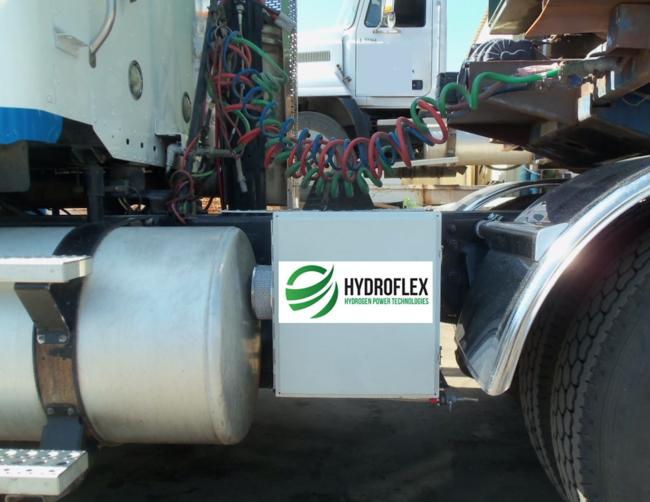Australian Firm Touts New Fuel Saving Device
A South Australian company called Hydroflex is targeting mining and transport industries with a new device it claims can cut fuel use by 10 to 15 per cent while reducing the exhaust emissions of internal combustion engines.
The company is is preparing for final trials of its version one hydrogen-based fuel reduction system in South Australia ahead of a commercial launch.
The systems can be fitted to any internal combustion diesel or petrol engine ranging in size from a scooter to a cruise ship.
The first commercial units are expected to be available for sale before the end of the year.
Hydroflex, formerly known as Hydrogen Power Systems, relocated from San Diego in the United States to the Tonsley Innovation Hub in the South Australian capital Adelaide in April.
Chief Technology Officer and inventor Richard Connors has been working on the device for a decade. He said unlike catalytic converters and diesel particulate filters that treated emissions “after the fact”, his device used hydrogen and oxygen to increase the amount of fuel burnt in the combustion process.
“We have a device that is cost effective and delivers value to the bottom line of the customer and at the same time reduces all seven types of pollution that normally come out of the back end of an exhaust pipe – we positively reduce all of them at different ratios,” Connors said.
The device includes a 1.5 liter tank of water with an electrolyte in it. A small voltage of electricity is applied to the water to initiate electrolysis that creates hydrogen and oxygen vapor. The vapor is then piped through a standard rubber hose to the front of the air filter where it is combined with normal air to produce a hydrogen enhanced combustion process.
“So our hydrogen and oxygen is not a fuel, it is an accelerant that is consumed in the process and thereby because it moves the flame front faster it burns more of the fuel leading to more power and less pollution,” Connors said.
“To run this thing all they have to do is add 1.5 liters of ordinary tap water every 2000km.”
Connors said previous hydrogen systems relied on pressurized gas cylinders, needed operator intervention and had safety issues requiring certification.











